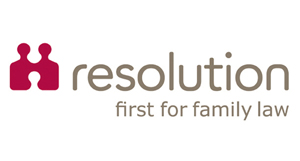Bell Lax pioneered no win no fee arrangements for commercial disputes. If you lose, we lose, therefore we always fight for you.
Bell Lax pioneered no win no fee arrangements for commercial disputes. If you lose, we lose, therefore we always fight for you.
A Guide to the Adoption Process
The most important requirements for adoption are that the adopter must be over 21 years of age, the child to be adopted must be under the age of 18 and joint applications to adopt can only be made by married couples and civil partners. Unmarried couples can adopt, but only one person can become the adopter
People who do not already know the child they wish to adopt usually use an adoption agency. As a first step, the agency will arrange for a social worker to visit and make a home study assessment. As well as assessing the family, they will also take two references and obtain medical information from a GP. After this assessment is made, an adoption panel will make a recommendation and, if the initial application is approved, the process of matching a child to the family begins. If the adoption has not been carried out through an agency, it is necessary to inform the local council of the intention to adopt a child three months before placing the application with the court.
The next stage in the process of legally adopting a child is carried out through the courts. In most cases, applications for adoption orders are made through specialised Adoption Centres. These are courts that have specialist judges and adoption officers who are experienced in the process.
Once the official application has been made, the judge has a number of options. He or she may order that a reporting officer be appointed. This will happen if the current parent or guardian of the child agrees, or appears to agree, to the adoption. The reporting officer will produce a report on matters that may help the court to make a decision on the adoption application. If the parent or guardian does not agree, then a children's guardian is appointed by the court to protect the interests of the child. The children’s guardian will make a report to the court advising on the interests of the child and will represent the child in court. The local authority or adoption agency may also be required to provide a report. This will include details about the family and the child.
About four weeks after the application for adoption, the judge may arrange a hearing called a 'first directions hearing'. At this meeting the judge will consider, amongst other matters, whether the application contains all the correct documentation and when and where the final hearing will take place.
Once an adoption order is granted by the court, the effect is to break all legal ties between the child and his or her birth family, or current guardian, and transfer those ties to the adoptive parents.
The Directgov website provides guidance on adoption and the adoption process.







